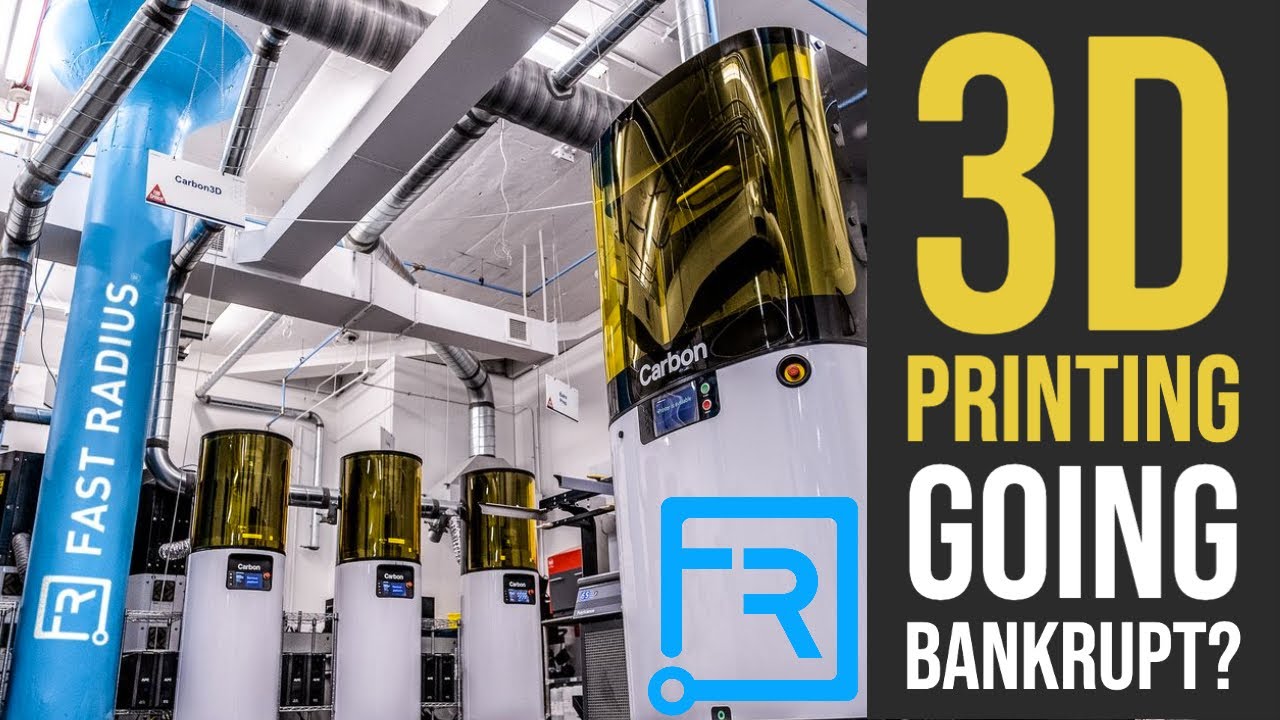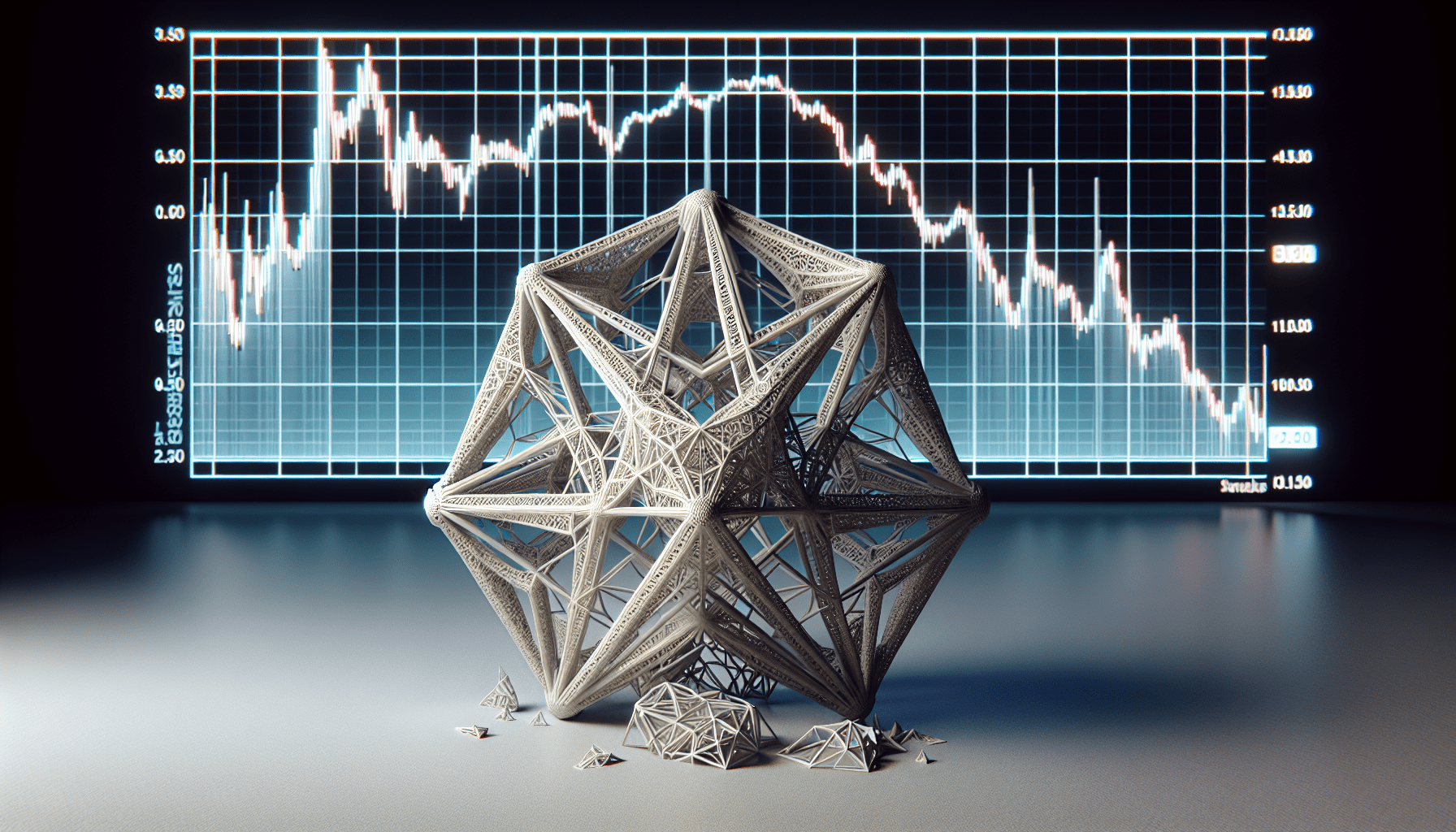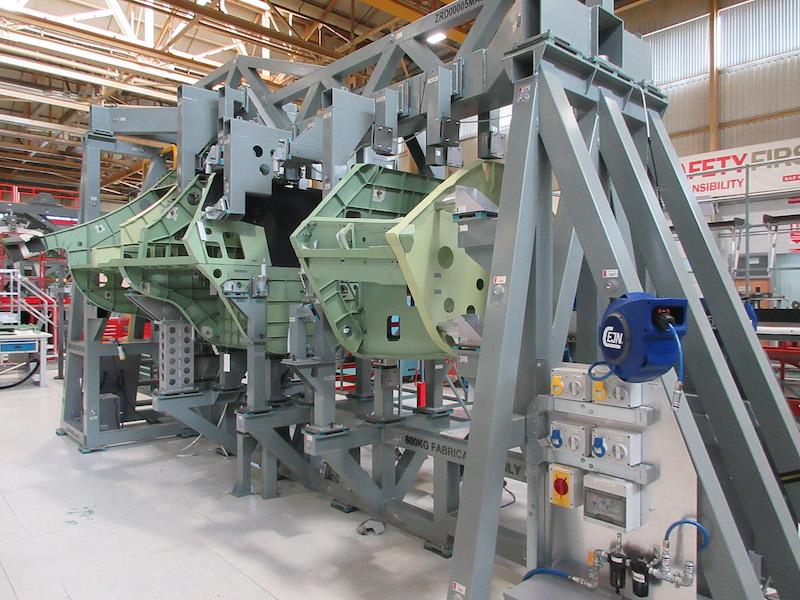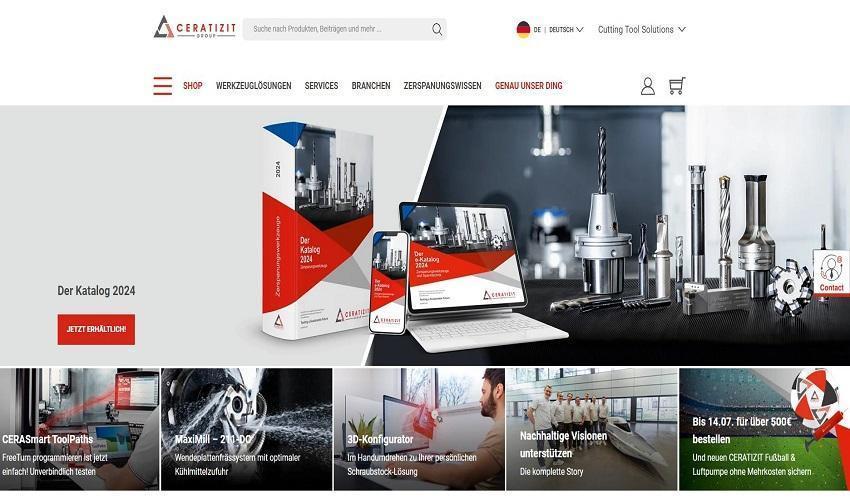ANYCUBIC Photon Mono 4, Resin 3D Printer with 7'' 10K Mono LCD Screen, Stable LighTurbo Light Source and 70mm/h Fast Printing, Print Volume 6.04'' x 3.42'' x 6.49''
$159.99 (as of June 19, 2025 23:45 GMT +00:00 - More infoProduct prices and availability are accurate as of the date/time indicated and are subject to change. Any price and availability information displayed on [relevant Amazon Site(s), as applicable] at the time of purchase will apply to the purchase of this product.)The 3D printing industry is facing significant challenges, with Fast Radius recently declaring bankruptcy. This article explores the financial turmoil hitting 3D printing companies, concentrating on how the markets have been unforgiving to this once-promising sector.
Despite advancements and innovative solutions proposed by companies like Slant 3D, the market struggles have been harsh. Investors have pulled back, leaving many companies, including Fast Radius, grappling with financial instability and an uncertain future.

$30 off $400+ Anycubic Products with code AC30OFF
Fast Radius Declares Bankruptcy
Background and Company History
Fast Radius was a prominent name in the 3D printing world, making strides with cloud 3D printing services. Over the past several years, the company invested $200 million to roll out its advanced 3D printing solutions. Fast Radius aimed to revolutionize the manufacturing industry by offering on-demand, scalable, and customizable 3D printed parts. Their vision was bold and progressive, rooted in leveraging cloud technology to streamline production processes and reduce waste. Founded with the ambition to disrupt traditional manufacturing, Fast Radius positioned itself as a leading innovator in the additive manufacturing space.
Financial Struggles Leading to Bankruptcy
Despite the initial promise and heavy investment, Fast Radius faced significant financial hurdles that ultimately led to its bankruptcy. The company, like many others in the 3D printing industry, struggled to generate sustainable revenue. While their technology was advanced, it failed to achieve widespread adoption. The looming threat of a global recession exacerbated their financial instability, causing investors to withhold further capital. Consequently, Fast Radius could not maintain its operations and had to declare bankruptcy, signaling a sobering moment for the industry at large.
Impact on Employees and Clients
The bankruptcy of Fast Radius had a ripple effect on both its employees and clients. Employees faced uncertain futures with the risk of job losses and the subsequent financial stress that accompanies such upheavals. For clients, the shutdown disrupted their supply chains and forced them to seek alternative solutions, often incurring additional costs and delays. The broader impact on the industry also translated into decreased customer confidence in relying on start-up 3D printing companies, potentially stalling innovation and adoption in the short term.
Financial Markets Affecting the 3D Printing Industry
Overall Market Sentiment
The financial markets have not been kind to the 3D printing industry recently. Investor sentiment has soured, largely due to the perceived instability and unproven track record of generating consistent profits. Though 3D printing promises future potential, the current market sentiment is cautious and lean towards more stable, traditional investments. The threat of a looming recession compounded this caution, making it even harder for 3D printing companies to secure the necessary funding to continue their operations and innovations.
Investment Trends and Drying Up of Funds
Investment trends have shifted away from high-risk industries like 3D printing. Over the past couple of years, investor funds that once flowed freely have now dried up. This change is due to several factors, including the global economic of uncertainty and the industry’s inability to demonstrate immediate and substantial returns on investments. The focus has moved towards sectors with proven profitability and lower risk, which poses a significant challenge to 3D printing companies reliant on continual investment for growth and research.
Comparison with Other Manufacturing Sectors
Unlike the 3D printing sector, traditional manufacturing has shown resilience and strength in recent times. Job hiring in manufacturing has increased, and the sector continues to attract investments due to its established presence and reliability. Compared to other manufacturing sectors, 3D printing is seen as novel and still maturing. Traditional sectors enjoy the advantage of scale and established customer trust, whereas 3D printing, despite its innovative potential, is lagging due to its uncharted and experimental nature.
Buy Photon Mono M5 Get Free 1KG Resin
Case Study: Shapeways
Initial Valuation and Market Expectations
Shapeways made a notable entrance into the market with high expectations. Initially, its valuation was in the hundreds of millions of dollars, with investors optimistic about its potential to transform manufacturing. The company aimed to simplify the production process for designers and manufacturers, making 3D printing accessible and viable for various applications.
Current Market Valuation
Currently, Shapeways’ market valuation has plummeted significantly. The company, once a high-flying tech innovator, is now valued at less than $30 million and has been downgraded to a penny stock. This sharp decline reflects the broader industry’s struggle and the challenging economic environment that has curtailed high-growth projections.
Challenges and Strategic Shifts
Faced with this dramatic downturn, Shapeways has had to reassess and realign its strategies. The company is focusing more on internal efficiencies, cost-cutting measures, and exploring niche markets where 3D printing has proven applications. These adjustments are aimed at stabilizing the company’s financial health and positioning it better for a future market rebound.
Case Study: Desktop Metal
Initial Market Debut and Valuation
Desktop Metal debuted on the market with great fanfare and a robust valuation. Initially valued at around $5 billion, the company was seen as a trailblazer in the 3D printing world, especially with its focus on metal additive manufacturing. The expectations were high, with predictions that Desktop Metal would lead the industry into a new era of innovation and adoption.
Current Financial Standing
However, the current financial standing of Desktop Metal paints a starkly different picture. The company’s valuation has drastically reduced to approximately $750 million. This decline mirrors the broader challenges within the industry and highlights the difficulties even leading companies face in maintaining investor confidence and market value.
Strategies Used to Combat Financial Difficulties
To combat these financial difficulties, Desktop Metal has deployed several strategies. The company has focused on expanding its product offerings, tapping into different markets, and improving its technology to make it more cost-effective and appealing to broader industries. Additionally, they have concentrated on strategic partnerships and acquisitions to bolster their market presence and capabilities, hoping to stabilize and eventually grow their financial standing.

Challenges Unique to 3D Printing
Lack of Mainstream Adoption
One of the significant challenges for the 3D printing industry is the lack of mainstream adoption. While the technology has tremendous potential, it has not yet become a standard in most manufacturing settings. Many companies are either unaware of its benefits or find the initial transition too complicated and costly.
Dependency on Machine Sales
Another hurdle is the industry’s dependency on machine sales. Many 3D printing companies rely heavily on selling the printers themselves, which is not a sustainable business model in the long run. As the market saturates, the demand for new machines diminishes, leading to reduced revenues from this primary income source.
High Operating Costs
The operating costs associated with 3D printing technology are still high. From purchasing materials to maintaining and running the machines, the expenses can add up quickly. These high costs make it difficult for 3D printing to compete with traditional manufacturing methods, which are often cheaper – especially for large-scale production runs.
Potential of 3D Printing Technology
Scalability and Flexibility
3D printing technology offers unparalleled scalability and flexibility. It allows for the production of complex and customizable products that would be difficult or impossible to create using traditional methods. This adaptability means that 3D printing can cater to both small-scale bespoke items and large-scale production runs, adjusting to the needs of different industries.
Sustainability and Reduced Carbon Footprint
In terms of sustainability, 3D printing holds significant promise. By streamlining the production process and eliminating the need for heavy machining and wasteful practices, it drastically reduces the carbon footprint of manufacturing. The technology allows companies to produce only what is needed, reducing excess inventory and minimizing waste.
Digital Warehousing and On-Demand Parts
The concept of digital warehousing and on-demand parts is another exciting potential of 3D printing. Companies can store digital blueprints of products and produce items as needed, rather than maintaining large inventories. This approach not only saves space and reduces costs but also allows for quick adjustments and updates to designs, ensuring products remain current and responsive to market needs.

Manufacturing vs. 3D Printing
Current State of Traditional Manufacturing
Traditional manufacturing is currently strong, with steady job growth and ongoing investments. The sector benefits from well-established processes and infrastructure that have been optimized over decades. This maturity provides a level of stability and reliability that newer technologies like 3D printing have yet to achieve.
Hiring Trends in Manufacturing
Hiring trends in traditional manufacturing have been positive, reflecting the sector’s ongoing robustness. There’s a consistent demand for skilled workers who can operate and maintain complex machinery. Additionally, traditional manufacturing roles are considered more stable compared to the often volatile job market within the 3D printing sector.
Comparative Analysis of Costs and Benefits
When comparing traditional manufacturing to 3D printing, both have their unique sets of costs and benefits. Traditional manufacturing shines in large-scale, cost-effective production, but lacks in adaptability and customization. In contrast, 3D printing excels in creating highly customizable, intricate designs with fewer constraints but struggles with high costs and slower production times when scaled up.
Investor Sentiment and Startup Struggles
Recession Fears Impacting Investment
The fear of a global recession is significantly impacting investor sentiment towards 3D printing startups. Economic uncertainty makes investors more cautious, and they tend to move towards safer, more established investments. This shift in sentiment has led to a drying up of funds for startups that are still in the growth or experimental phase, making it difficult for them to survive and expand.
Difference Between Software Startups and Manufacturing Startups
There’s a marked difference in how investors perceive software startups versus manufacturing startups like those in the 3D printing industry. Software startups often promise high scalability and lower overhead costs, making them more attractive. In contrast, manufacturing startups require substantial upfront investments in machinery, materials, and skilled labor, which come with higher risks and slower returns.
Challenges in Scaling Up
Scaling up remains one of the most daunting challenges for 3D printing startups. The transition from a small, innovative company to a large, stable enterprise involves numerous hurdles, including production capacity, quality control, and market adoption. Without sufficient investment and strategic planning, many startups struggle to make this leap successfully.
Need for a Killer 3D Printed Product
Existing Products and Market Penetration
Currently, the market penetration of existing 3D printed products has been limited. While there are notable applications in industries like healthcare, aerospace, and automotive, a mass-market ‘killer app’ that transforms the everyday use of 3D printing has yet to emerge. The industry is still searching for a standout product that can drive widespread adoption and recognition.
What Makes a Product a ‘Killer App’
A ‘killer app’ is a product so innovative and indispensable that it drives the adoption of the technology that produces it. For 3D printing, such a product would need to showcase the unique advantages of the technology, such as customization, complexity, and sustainability, while also being accessible and affordable for a broad audience. It would have to solve a significant problem more effectively than any existing solution.
Examples from Other Industries
Other industries have seen ‘killer apps’ that propelled them to new heights. For instance, the smartphone revolutionized telecommunications and computing, creating an ecosystem of apps and services that changed how people interact with technology. Similarly, the compact disc (CD) drove the adoption of digital music and later on other forms of digital media. The 3D printing industry needs a comparable breakthrough to spark similar widespread adoption and integration.
Conclusion
Summary of Key Points
The 3D printing industry is currently facing significant financial challenges, typified by the bankruptcy of Fast Radius. Despite initial high valuations, companies like Shapeways and Desktop Metal have seen their market values plummet. The broader market sentiment has shifted away from high-risk investments like 3D printing, resulting in funding shortages and operational difficulties for many firms.
Long-Term Impact on the 3D Printing Industry
In the long term, the industry’s success will hinge on overcoming its unique challenges and finding sustainable business models. The potential for scalability, flexibility, and sustainability in 3D printing remains high, but realizing this potential requires strategic shifts, technological advancements, and perhaps most importantly, a killer 3D printed product that drives mainstream adoption.
Final Thoughts
While the road ahead is fraught with difficulties, the intrinsic value and innovative promise of 3D printing technology ensure that it won’t fade away easily. As the industry navigates these turbulent times, continuous investment in research, strategic partnerships, and focusing on niche markets can pave the way for future growth and stability. The next big breakthrough might be just around the corner, waiting to transform 3D printing from an emerging technology into an everyday manufacturing norm.
$30 off $400+ Anycubic Products with code AC30OFF








